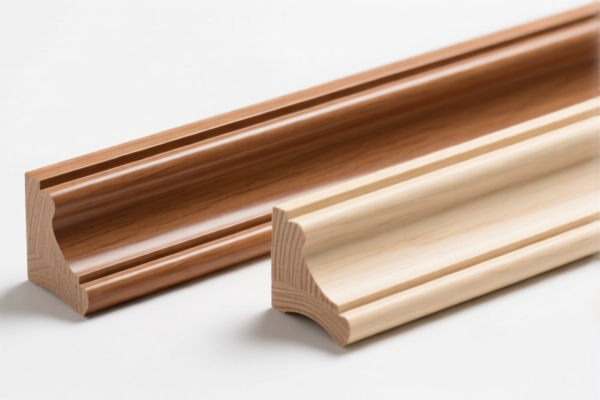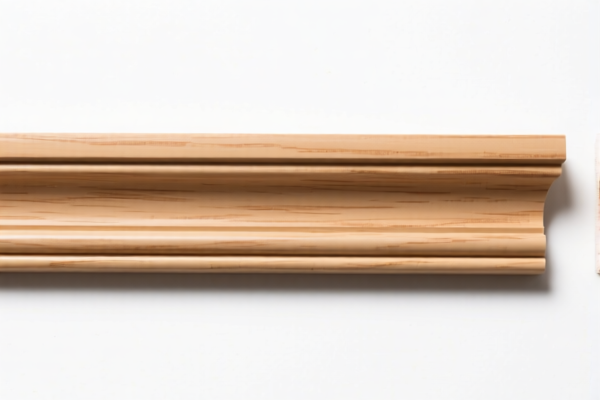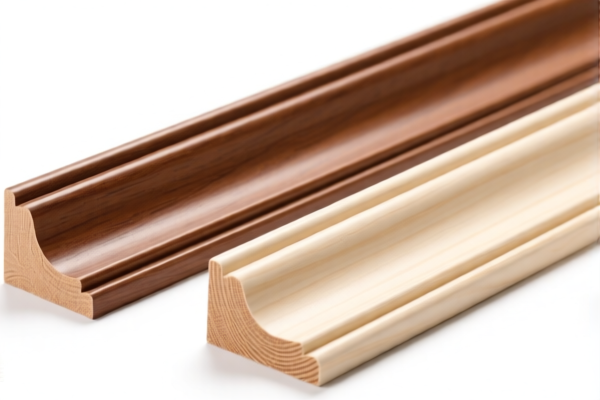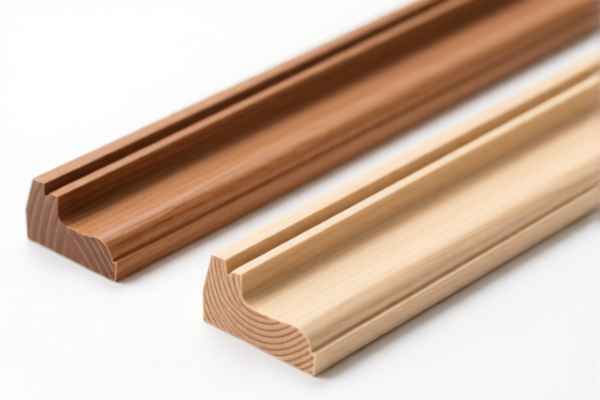| HS Code | Official Doc | Tariff Rate | Origin | Destination | Effective Date |
|---|---|---|---|---|---|
| 3919905060 | Doc | 60.8% | CN | US | 2025-05-12 |
| 3919901000 | Doc | 61.5% | CN | US | 2025-05-12 |
| 3921901100 | Doc | 59.2% | CN | US | 2025-05-12 |
| 3921901500 | Doc | 61.5% | CN | US | 2025-05-12 |




Tree Strip Cloth Stickers
Tree strip cloth stickers, also known as tree wound dressings or tree repair tape, are adhesive bandages designed to protect and aid the healing of wounds on trees and shrubs. They are commonly used in arboriculture, horticulture, and landscaping.
Material
These stickers are typically constructed from a combination of materials:
- Backing: Usually a waterproof and breathable fabric, often made of cotton cloth, burlap, or a synthetic non-woven material. This provides support and protection against the elements.
- Adhesive: A specialized adhesive that is strong enough to adhere to bark but flexible enough to allow for tree growth and movement. Commonly based on rubber or acrylic polymers. The adhesive is designed to be non-toxic to the tree.
- Waterproofing Layer: Often a polyethylene or similar waterproof coating to prevent water ingress and maintain adhesion.
- Optional Components: Some stickers include a fungicide or insecticide to further protect the wound from infection or pests.
Purpose
The primary purposes of tree strip cloth stickers are:
- Wound Protection: Shielding the wound from infection by bacteria, fungi, and pests.
- Moisture Retention: Maintaining a humid environment around the wound, which promotes healing.
- Bark Support: Providing physical support to damaged bark, preventing further tearing or splitting.
- Reduced Evaporation: Minimizing water loss from the wound, especially important in dry climates.
- Grafting Aid: Used in grafting to secure scions and promote cambial contact.
Function
These stickers function by creating a protective barrier over the wound. The breathable material allows for gas exchange, while the waterproof layer prevents excessive moisture loss or ingress. The adhesive ensures the sticker remains securely in place, allowing the tree to focus its energy on healing. The sticker's flexibility accommodates tree growth and natural movement.
Usage Scenarios
- Pruning Cuts: Protecting larger pruning cuts from infection and desiccation.
- Storm Damage: Repairing bark damage caused by storms, hail, or wind.
- Animal Damage: Protecting wounds caused by rodents, deer, or other animals.
- Grafting: Securing grafts and promoting successful union.
- Sunscald Protection: Protecting thin barked trees from sunscald.
- Vascular Repair: Used in conjunction with vascular bandages to support tree vascular systems.
Common Types
- Self-Adhesive Cloth Tape: The most common type, available in various widths and lengths.
- Butyl Rubber Tape: Offers excellent adhesion and flexibility, often used for grafting.
- Tree Wound Paint with Cloth Reinforcement: A combination of paint and cloth for added protection and aesthetic appeal.
- Biodegradable Cloth Tape: Made from natural materials that decompose over time, reducing the need for removal.
- Pre-Cut Stickers: Available in specific shapes and sizes for convenience.
- Stretchable Cloth Tape: Designed to conform to irregular bark surfaces.
Based on the provided information, the declared goods "tree strip cloth stickers" can be categorized as follows:
-
3919905060: Self-adhesive plates, sheets, film, foil, tape, strip and other flat shapes, of plastics, whether or not in rolls: Other: Other Other. This HS code covers self-adhesive products made of plastics in various flat shapes. Given the "strip" and "sticker" nature of the goods, this is a potential match, assuming they are primarily plastic-based. The basic tariff is 5.8%, with an additional 25.0% tariff, increasing to 30% after April 2, 2025, resulting in a total tariff of 60.8%.
-
3921901100: Other plates, sheets, film, foil and strip, of plastics: Other: Combined with textile materials and weighing not more than 1.492 kg/m2: Products with textile components in which man-made fibers predominate by weight over any other single textile fiber: Over 70 percent by weight of plastics. If the "cloth" component is significant (over 70% plastic by weight) and the material is combined with textiles, this HS code may apply. The basic tariff is 4.2%, with an additional 25.0% tariff, increasing to 30% after April 2, 2025, resulting in a total tariff of 59.2%.
-
3921901500: Other plates, sheets, film, foil and strip, of plastics: Other: Combined with textile materials and weighing not more than 1.492 kg/m2: Products with textile components in which man-made fibers predominate by weight over any other single textile fiber: Other (229). If the "cloth" component is significant and the material is combined with textiles, but doesn't meet the criteria of 3921901100, this HS code may apply. The basic tariff is 6.5%, with an additional 25.0% tariff, increasing to 30% after April 2, 2025, resulting in a total tariff of 61.5%.
It is important to determine the primary material composition (plastic vs. cloth) and the weight percentage of textile fibers to accurately classify these goods. If the stickers are predominantly plastic and self-adhesive, 3919905060 is the most likely classification. If they are a combination of plastic and cloth, 3921901100 or 3921901500 may be more appropriate.
Customer Reviews
No reviews yet.